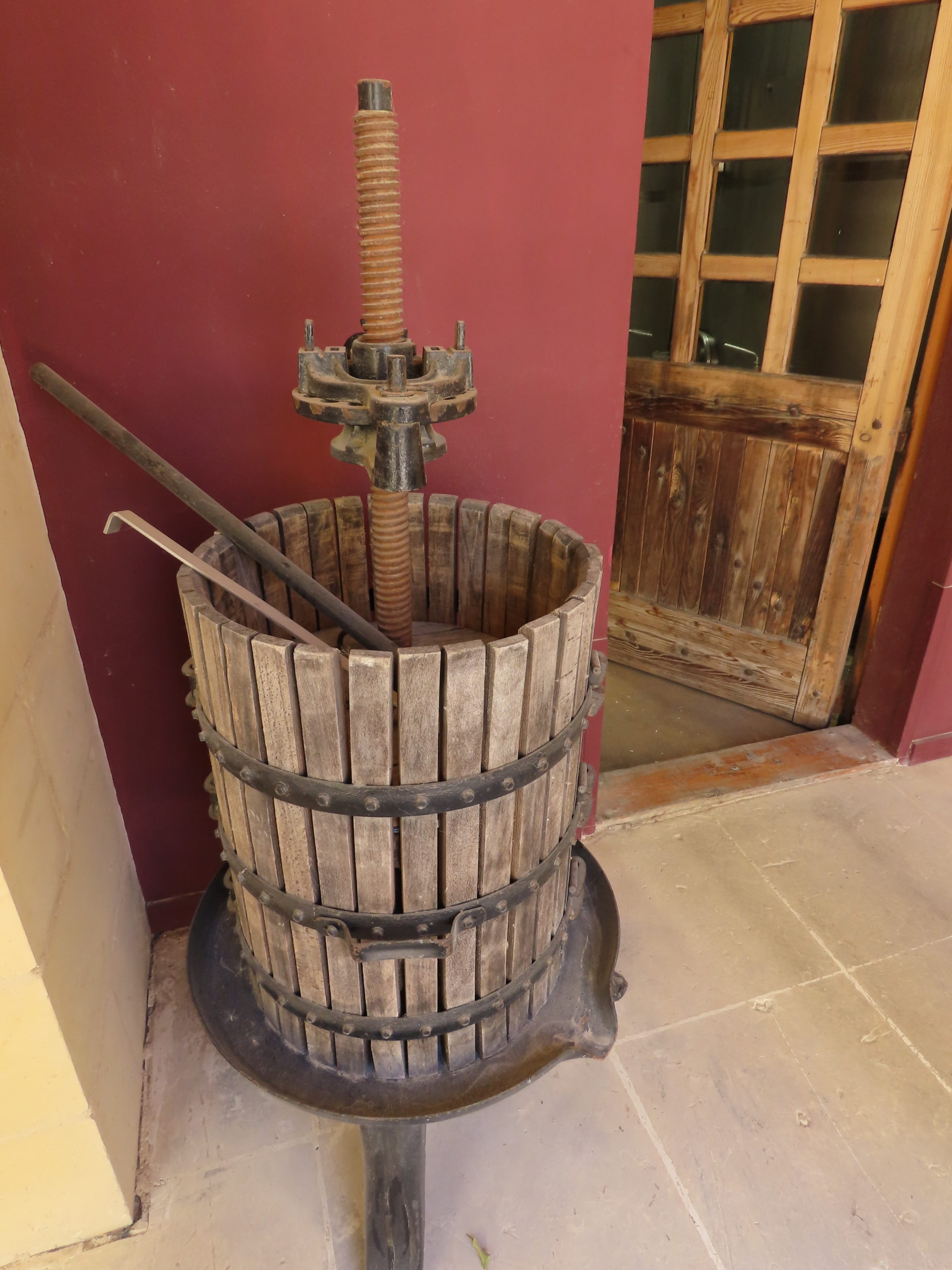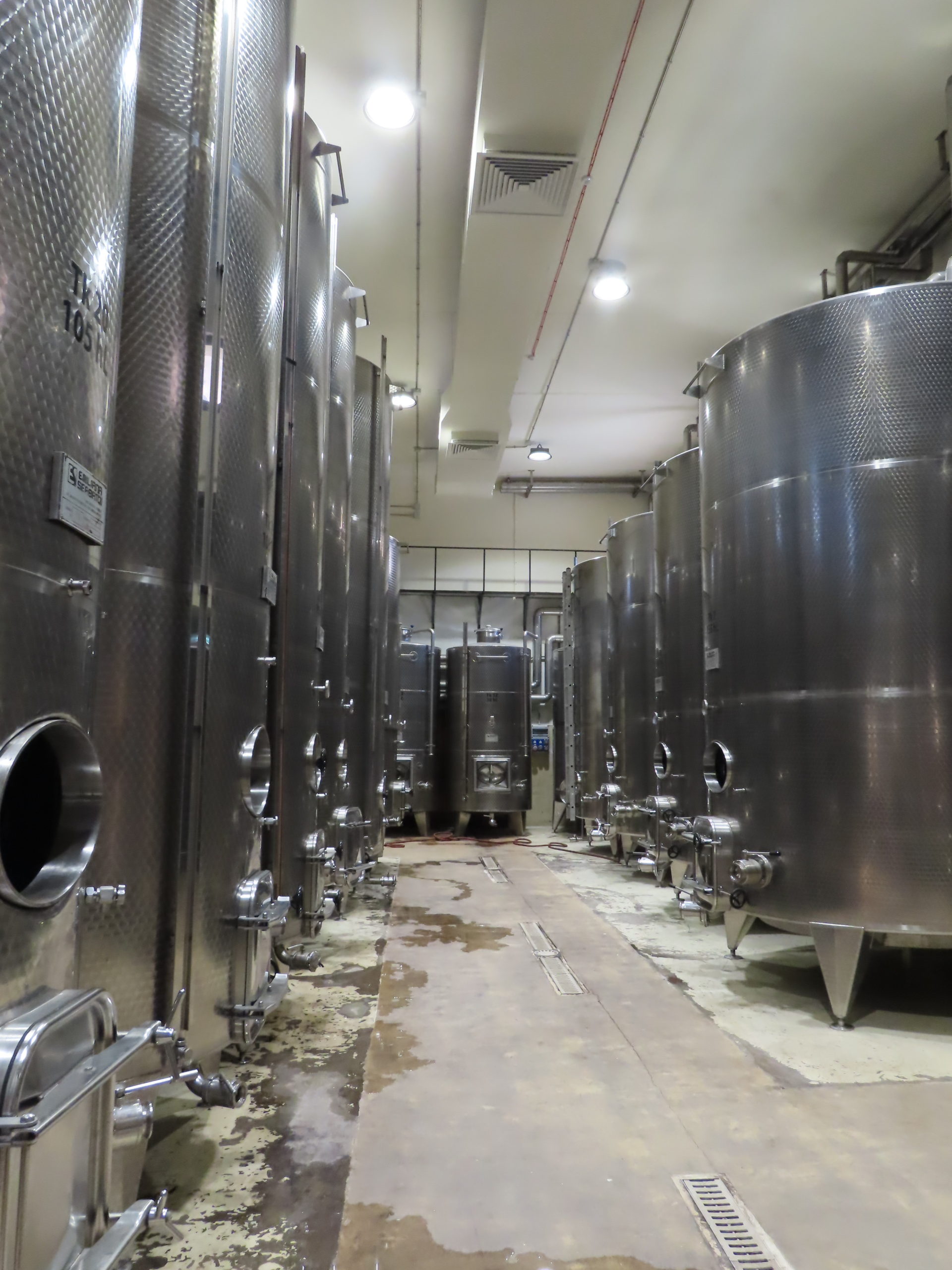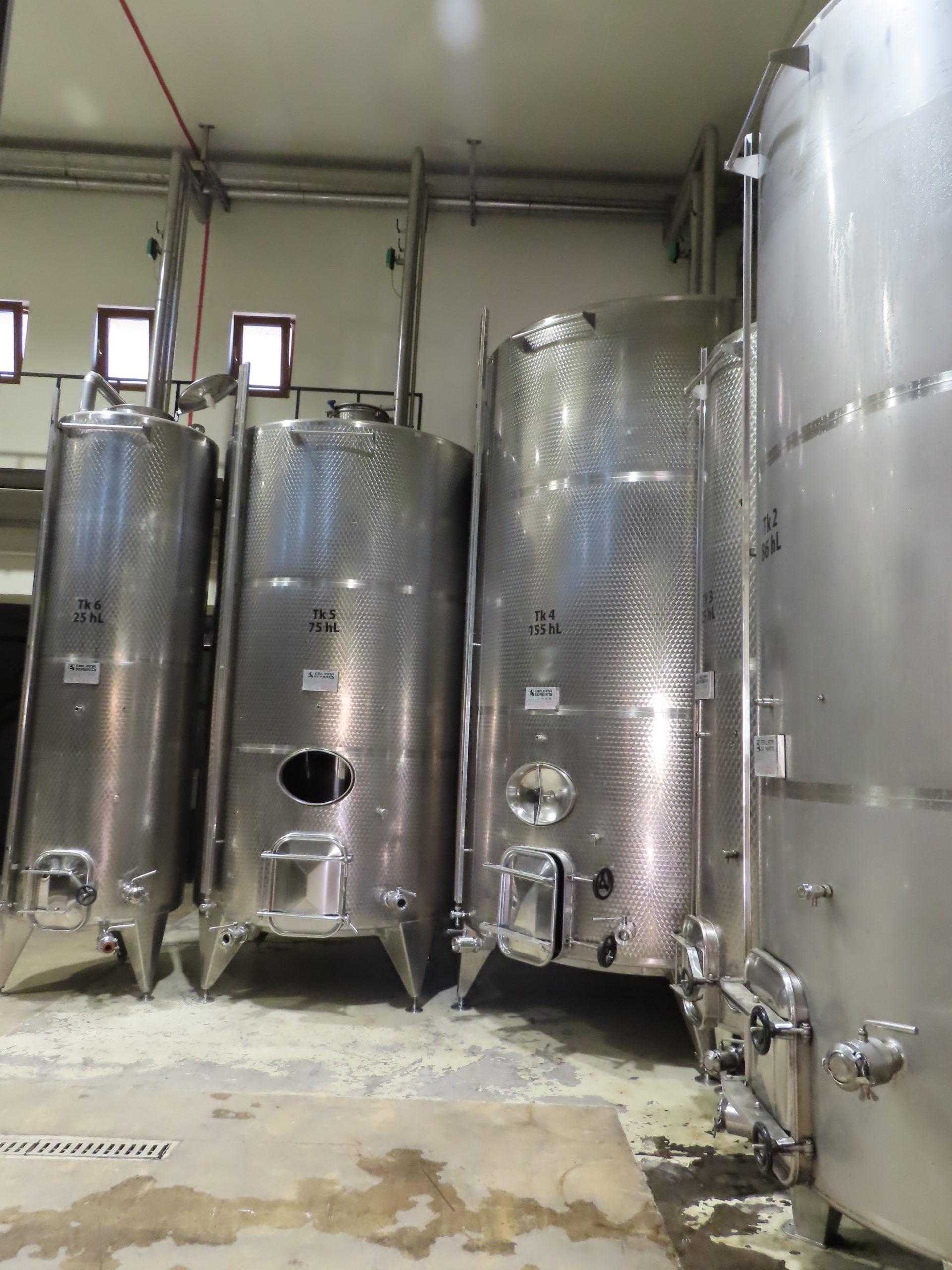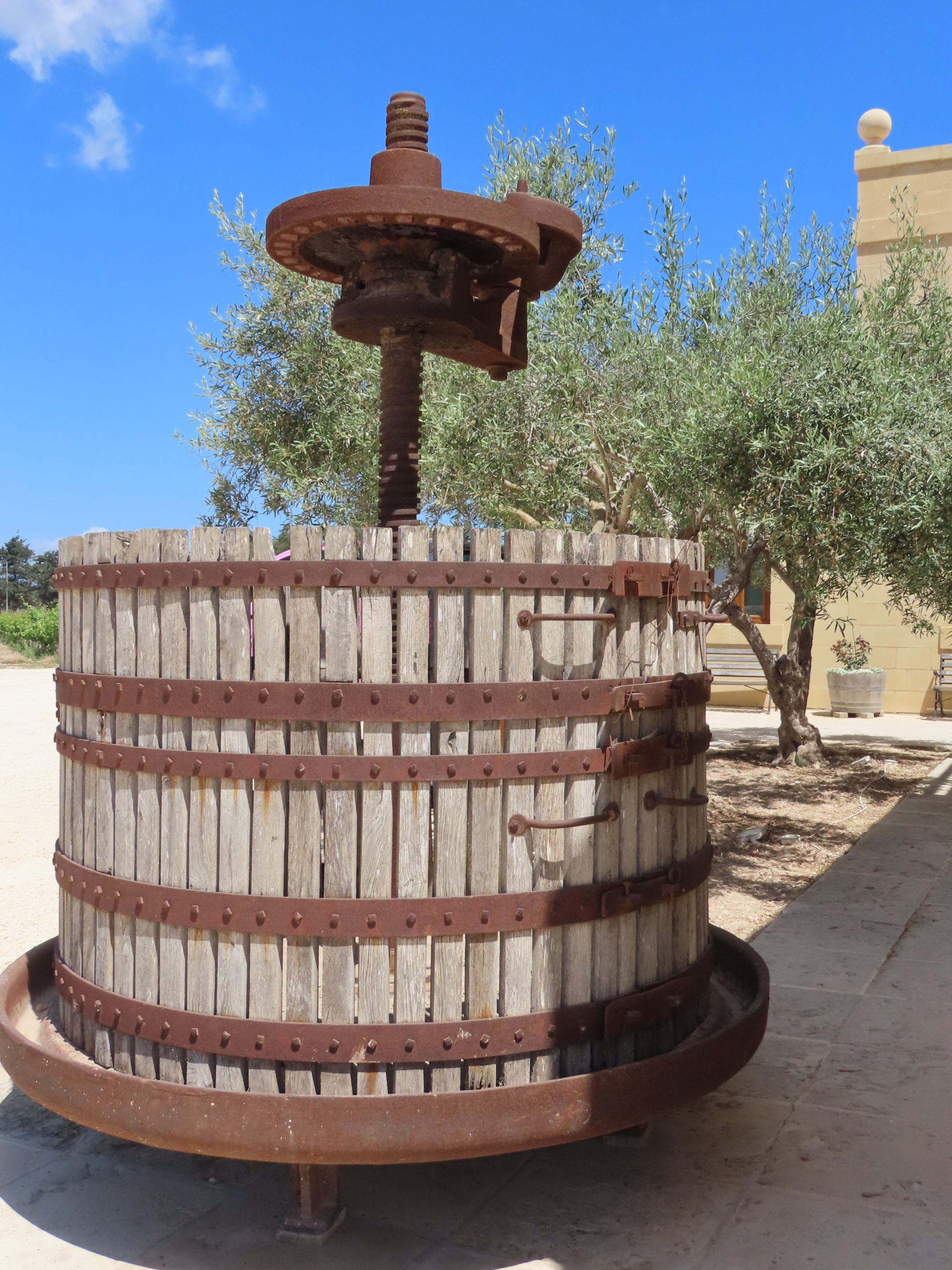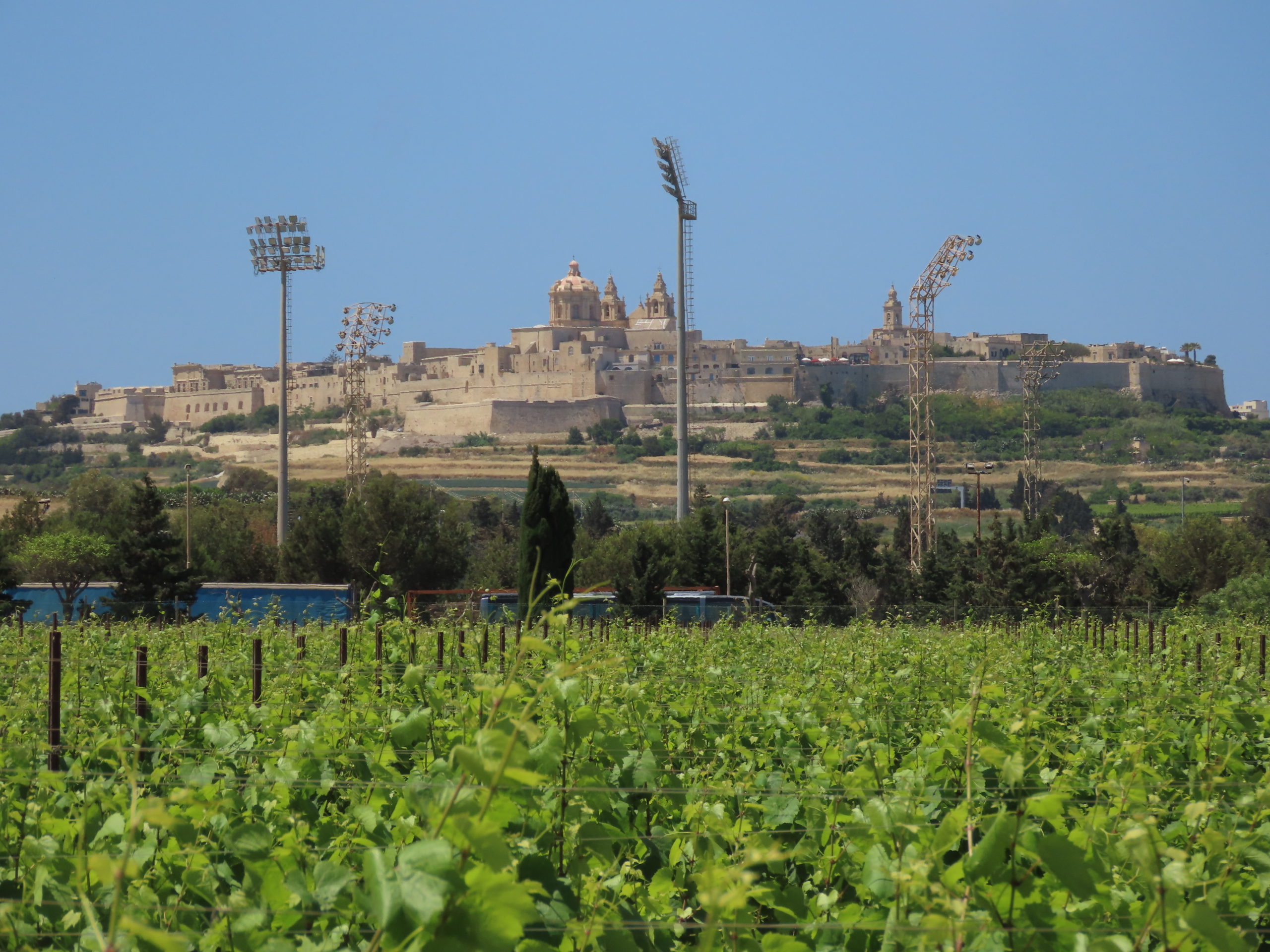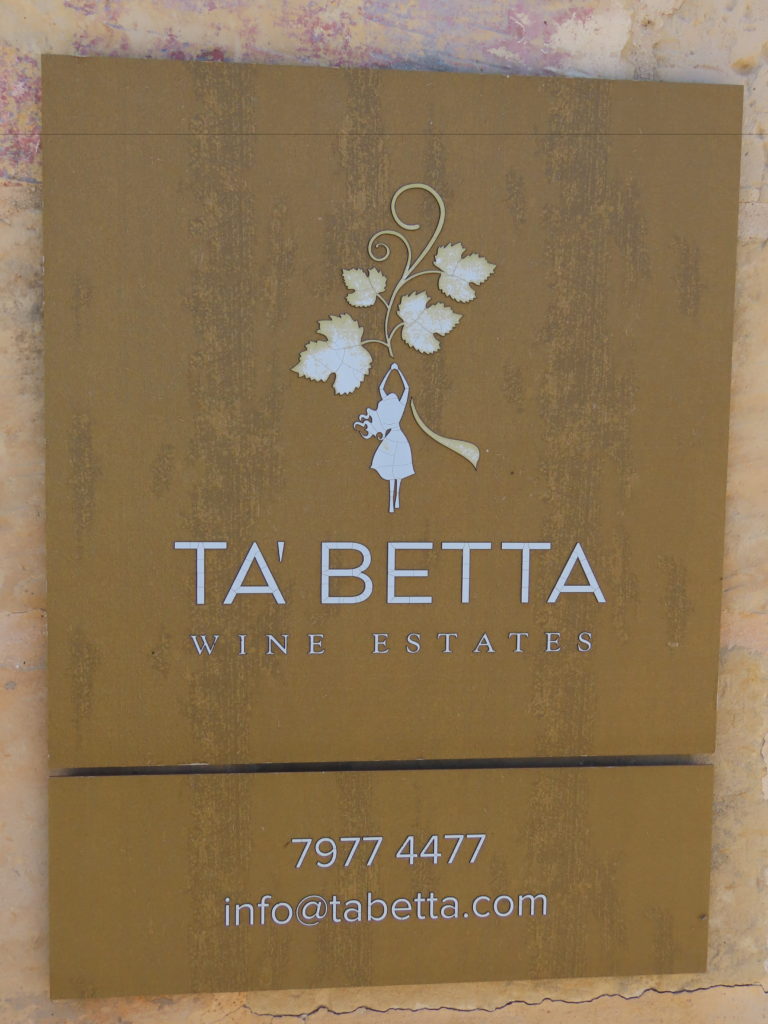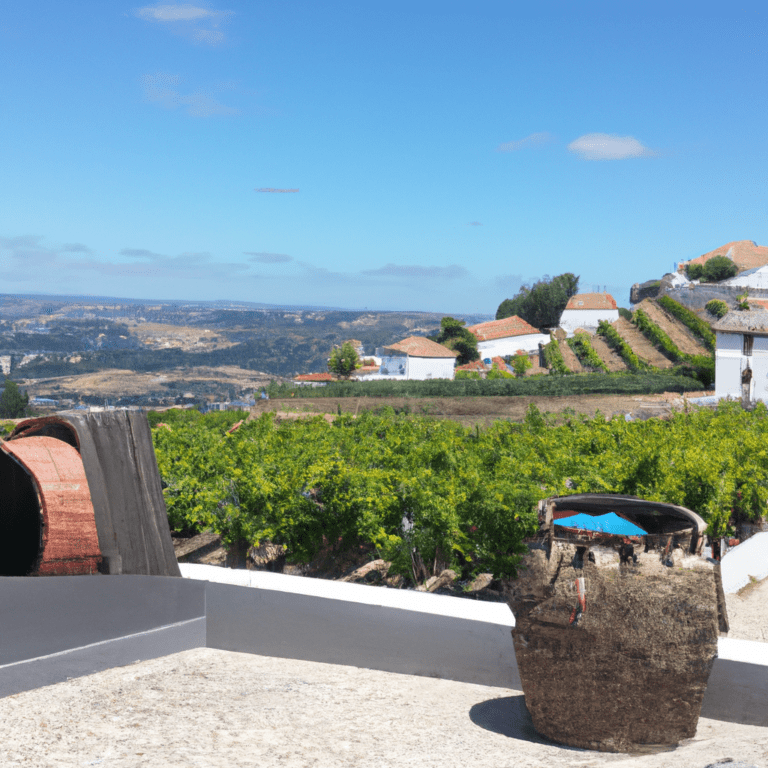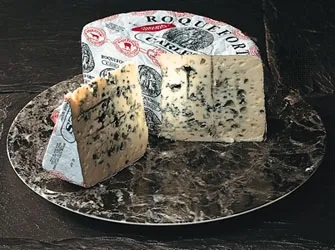Visit Malta: The wines are awesome!
I am using the world’s friendliest online business engine…it’s free…forever!
Malta is a small island in the central Mediterranean Ocean just 80km south of Sicily. Visit Malta to taste the superior wines of Malta. Malta is certainly one of the smallest wine-producing countries in the world. Wine has been present in Malta for thousands of years. The Phoenicians were the first to plant vines here, in around 800 BC. Later, the Greeks, followed by the Romans, continued the art of winemaking. The Middle Ages were a difficult time for local wine, especially under Arab rule; it was not until the arrival of the Knights of Malta that viticulture experienced something of a revival. A trip to the island of Malta is an opportunity to discover a dynamic wine industry, which is growing while reconnecting with its long history.
Mediterranean Climate
The Maltese climate is quintessentially Mediterranean with hot, dry summers and cool, wet winters. This allows for prolific yields when vineyards are appropriately managed. Irrigation is required to make the most of the summer sunshine. At 35 degrees south, Malta rates alongside Cyprus, Crete, and Pantelleria as one of Europe’s most southern wine regions. Visit Malta and experience the thrill of wine travel!
The island’s small modern-day wine production focuses mainly on red wines made from Grenache, Syrah, Cabernet Sauvignon and Merlot. Red varieties are more concentrated in the island’s south where the soil types are predominately clay-based. Long neglected in favor of major international grape varieties such as cabernet sauvignon, Syrah, or Chardonnay, native varieties are once again generating interest.
Gellewza produces light reds with hints of prune and cherry: it is widely used in the production of sparkling wines, something of an idiosyncrasy in the Mediterranean. Girgentina produces fruity and delicate whites with a nice acidity: it is often to be found in blends, especially with chardonnay. These two local grape varieties lend Maltese wines an interesting, very local profile. Cassar de Malta is the traditional sparkling wine of the island, produced via the méthode traditionnelle often with the native Gellewza variety.
Meridiana Wine Estate and Ta Betta Wine Estate
Ta Betta Wine Estate
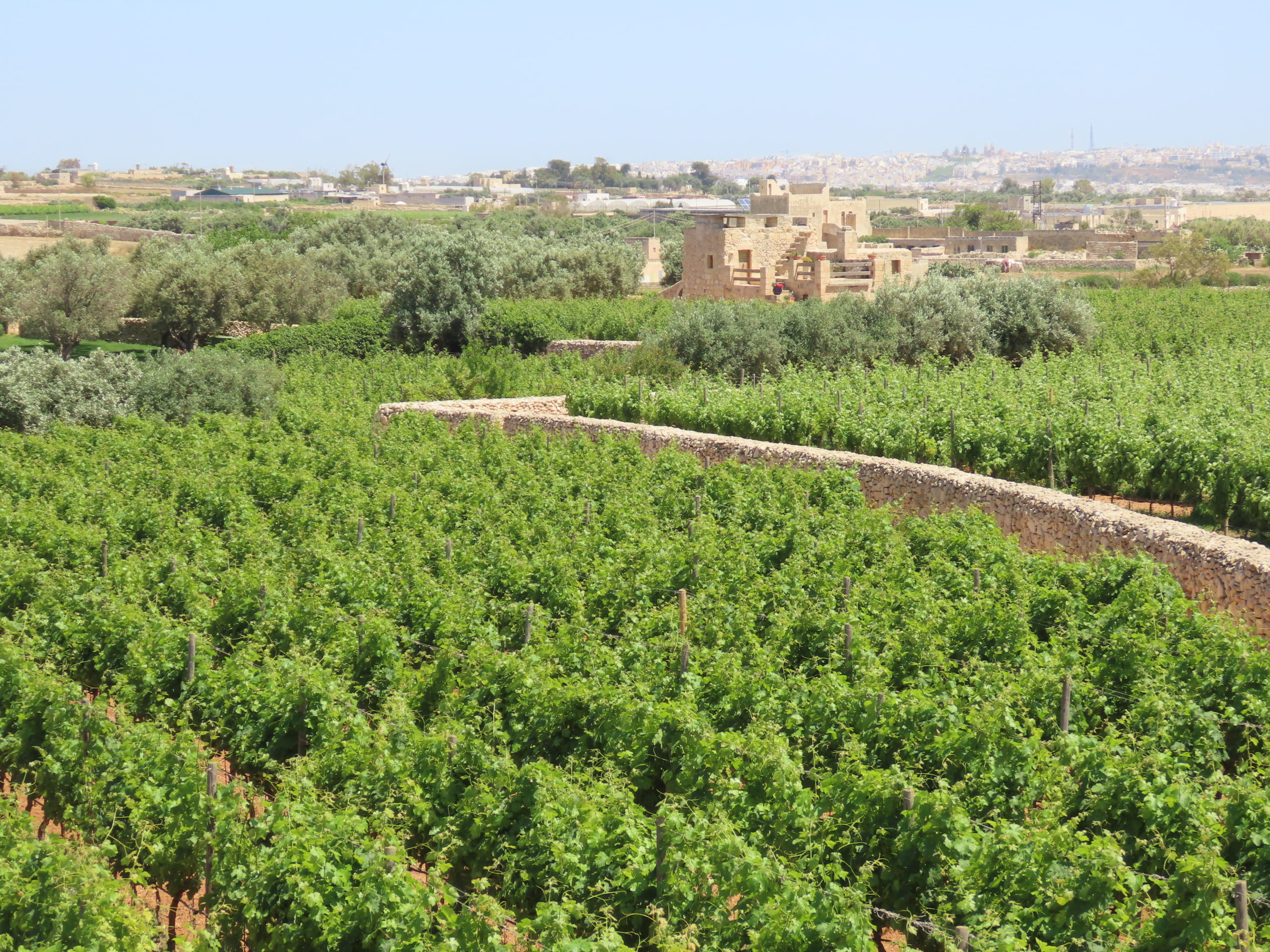
Ta’ Betta lies to the west of Valletta and south of Mdina on the island of Malta. The vines are growing in terraces on elevated land, where the temperature is slightly milder than on the coast. The rows are organized along a north-south axis to protect the grapes from the sun and to harness the sea winds. Harvesting begins in mid-August with Chardonnay, followed by Cabernet Sauvignon in mid-September. Many of the estate’s wines can be tasted in the splendid tasting room. The Jean Parisot vintage, with its notes of apricot, white fig, and vanilla, is proof that chardonnay grapes can also acclimatize to high temperatures.
On a stunning spring day in May, I had the privilege to taste the flagship wines of Ta Betta in their beautiful and well-appointed tasting room.
Ta Betta Wines tasted:
Jean Parisot
(Chardonnay)
Inspired by Fra’ Jean Parisot de Valette a French nobleman and 49th Grand Master of the Order of Malta, from 1557 to his death in 1568. Grand Master La Valette defended the Maltese islands and defeated the Ottomans against all odds at the Great Siege of Malta in 1565. The foundation stone of the city of Valletta was laid by him in 1566.
The decision to include a white in this boutique estate’s repertoire was one that took much debate and thinking. It was unclear whether in such a hot climate we could make a notable white wine with aging potential following the estate’s philosophy. Today, the decision to plant some two thousand five hundred vines of Chardonnay on the last tract of land available on the estate is considered one of the most rewarding decisions taken as the results have been surprisingly pleasing.
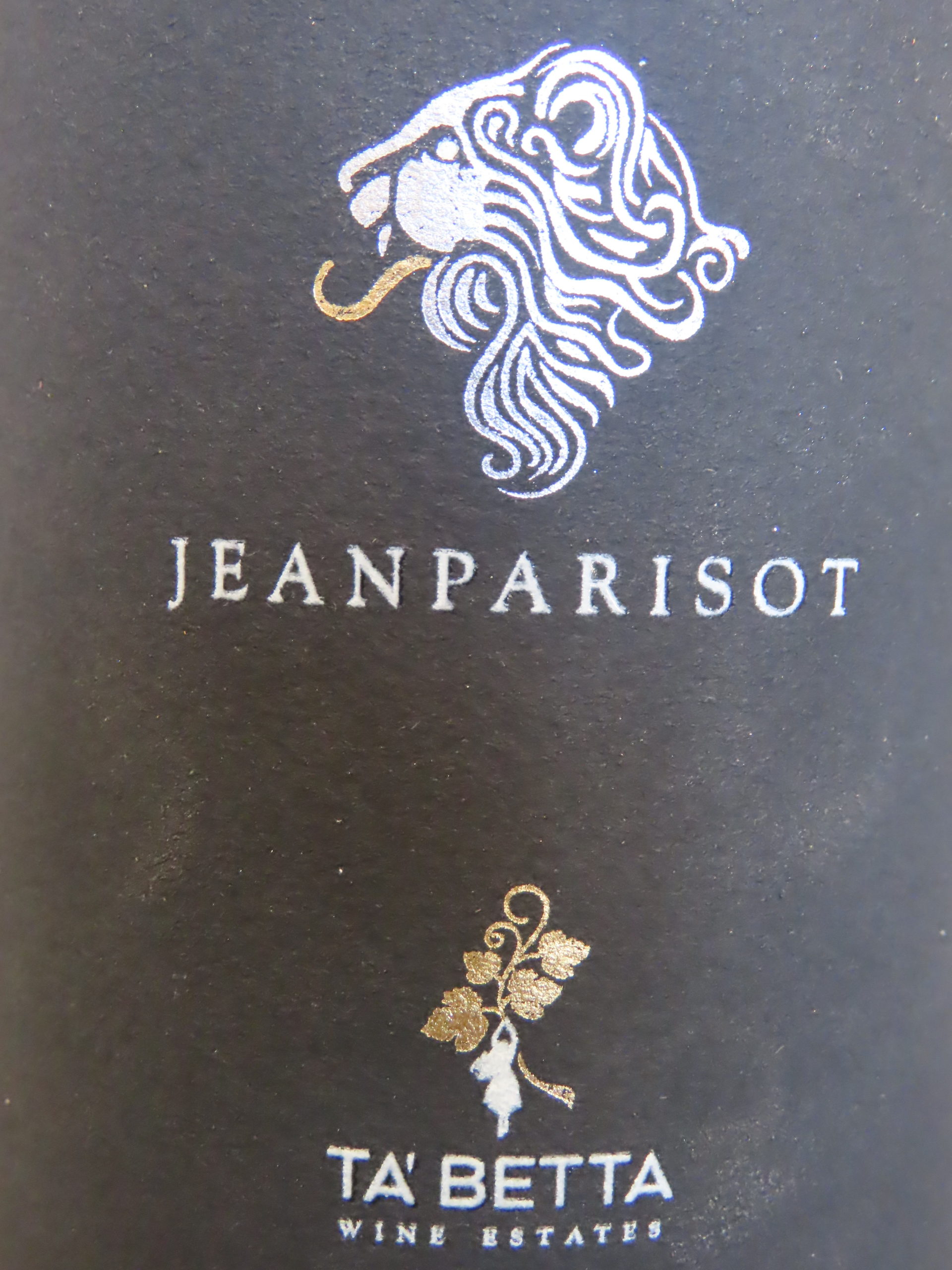
This oak-fermented Chardonnay, produced against all odds, is a complex wine that conveys apricot, white fig, and vanilla to balance the acidity and alcohol, which in some years exceeds 14%vol. This is a big wine, somewhat amber in color reflecting the hot climate and ripeness of the fruit, big in stature at least as much as our reds.
The Chardonnay vines were planted in 2005 and the yield is restricted to up to 1.6kg per vine.
This wine is best stored and served at a temperature of 12oC and complements a range of cheese, savory pastries, foie gras, cold cuts of meat, fish, and seafood.
From the experimental vintages dating back to 2008, it is not unreasonable to expect this wine to last at least 5 years, in some exceptional years ten years as well. The few remaining bottles of 2008 are still fresh, and all vintages since 2012 still exhibit exciting promise.
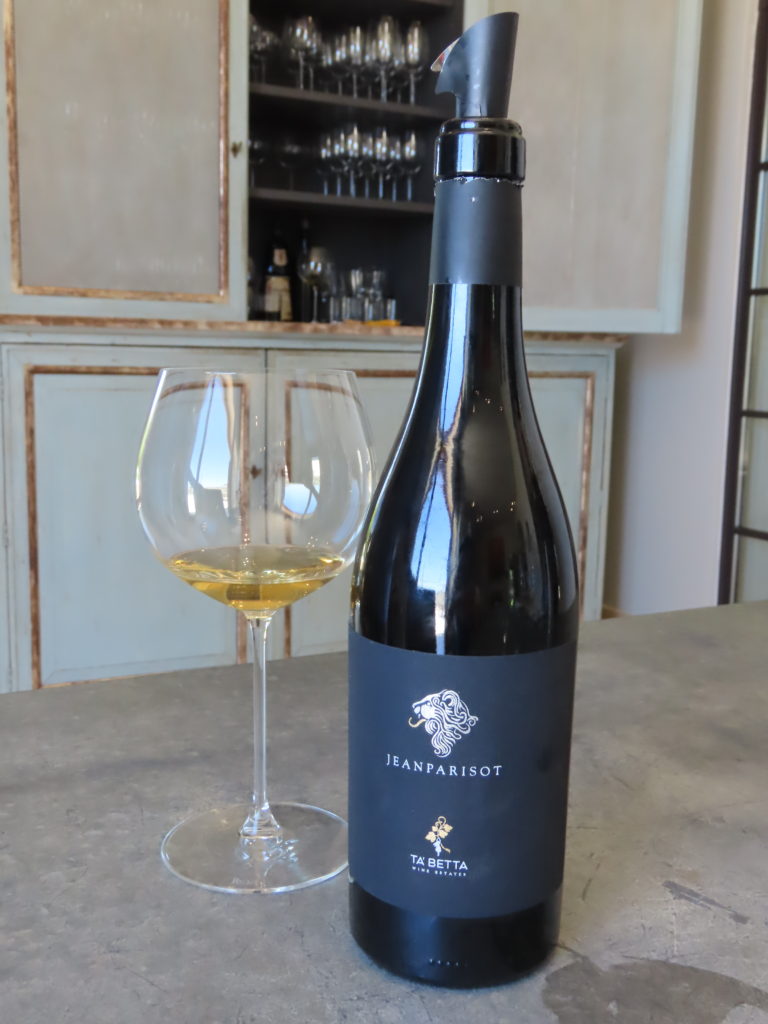
Up to 4,000 bottles are produced annually depending on yield and weather conditions.
Tasting note Jean Parisot
Beautiful white lemon color, day bright with intense viscosity. The nose shows hints of tertiary aromas, lactic (buttery, creamy, toasty), dried fruits (almonds), and spice (vanilla). The palate is dry medium to full-bodied, with a medium+ acidity, medium+ alcohol, and very well-balanced oak, confirming all aromas from the nose. This is a great complex wine with a long aftertaste.
Antonio Manoel
(Blend of Merlot-60% with Cabernet Sauvignon-40%)
Inspired by Antonio Manoel de Vilhena, a Portuguese nobleman who was the 66th Prince and Grand Master of the Order of St. John of Jerusalem from 1722 to his death in 1736. He was a benevolent and sophisticated man, popular with the Maltese people, and mostly remembered for the founding of Floriana, the construction of Fort Manoel and the Manoel Theatre, and the renovation of the city of Mdina.
This opulent blend of Merlot (60%) with Cabernet Sauvignon (40%) typically conveys cassis, strawberry, and other red forest fruit both on the nose as well as on its palate, with undertones of chocolate and caramel. The complexity and intensity of this wine tend to vary from year to year depending on the extent the weather permits the Cabernet Sauvignon grapes to ripen, given that they are the last to mature before the typical September storms in Malta.
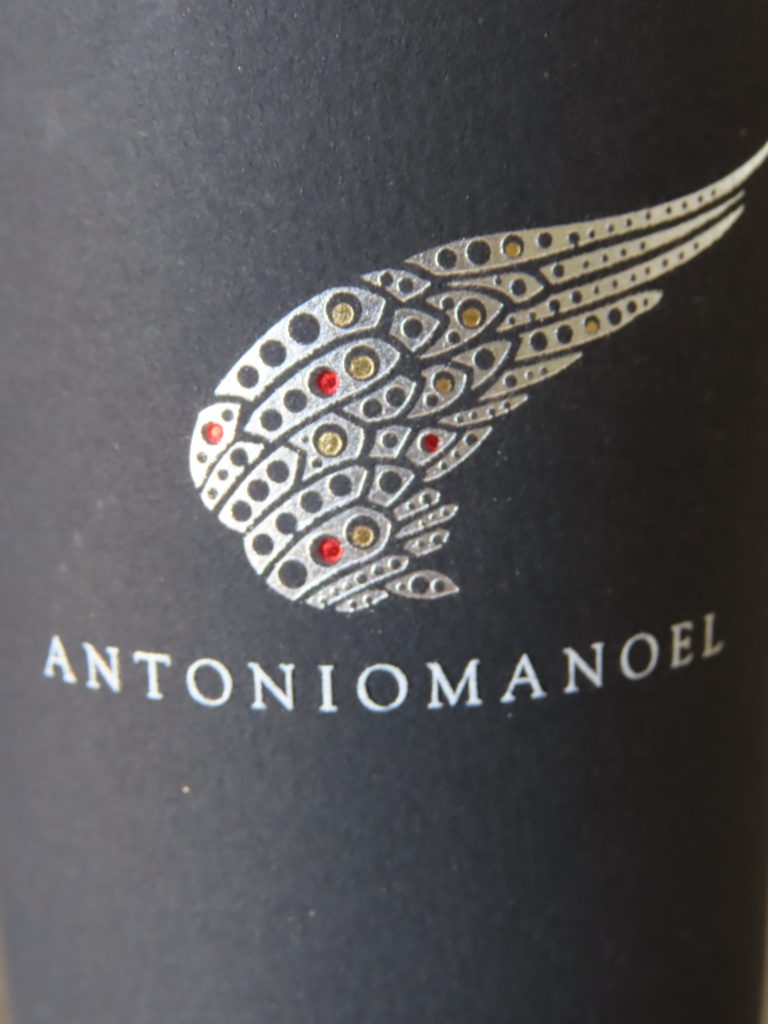
The Merlot vines were mostly planted between 2003 and 2007 while the Cabernet Sauvignon was planted in 2003. The yield is restricted to up to 1.6kg per vine.
This wine is best stored and served at a temperature of 18°C and complements poultry, rabbit, and lightly spiced dark meats such as lamb, as well as salmon and tuna.
All experimental vintages of this blend produced at Ta’ Betta since 2006 are still aging well, growing in sophistication and depth.
About 9,000 bottles are produced annually depending on yield and weather conditions.
Tasting note:
The wine shows round and elegant black-fruit aromas such as blackcurrant and blackberries as well as hints of dark chocolate. The palate is velvety with soft tannins, a great balance between oak and alcohol. Long aftertaste.
Philippe Villiers
(Blend of Syrah-70% with Cabernet Franc-30%)
Inspired by Philippe Villiers de l ’Isle Adam, the French Grand Master warrior-knight who took over Malta in 1530 after the loss of Rhodes to the Ottoman Empire.
This robust blend of Syrah (70%) with Cabernet Franc (30%) typically conveys forest fruit on the nose with undertones of tobacco, black, and bell pepper.
The vines were mostly planted in 2003 and the yield is restricted to up to 1.8kg per vine for the Syrah and up to 1.6kg per vine for the Cabernet Franc.
This wine is best stored and served at a temperature of 18oC and complements strong meat dishes, stews, and lightly spiced aromatic food.

All experimental vintages of this blend produced at Ta’ Betta since 2006 are still aging well, growing in complexity as the tannins soften with age.
About 12,000 bottles are produced annually depending on yield and weather conditions.
Tasting notes
Round, ripe, velvety with great finesse. Beautiful fruit flavors (ripe strawberries and prune) with extremely soft/integrated tannins. This is a well-balanced wine and is already very smooth.
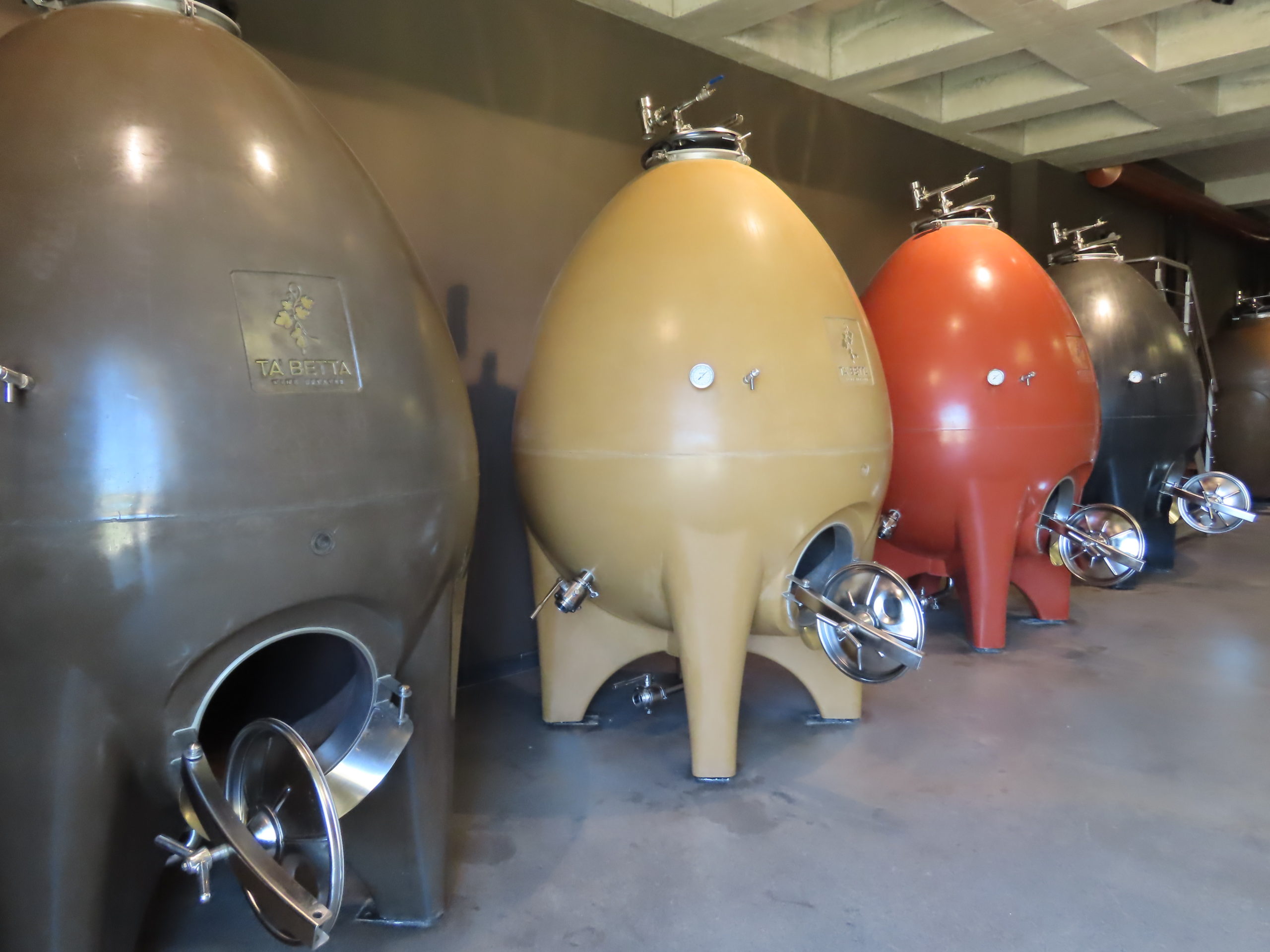



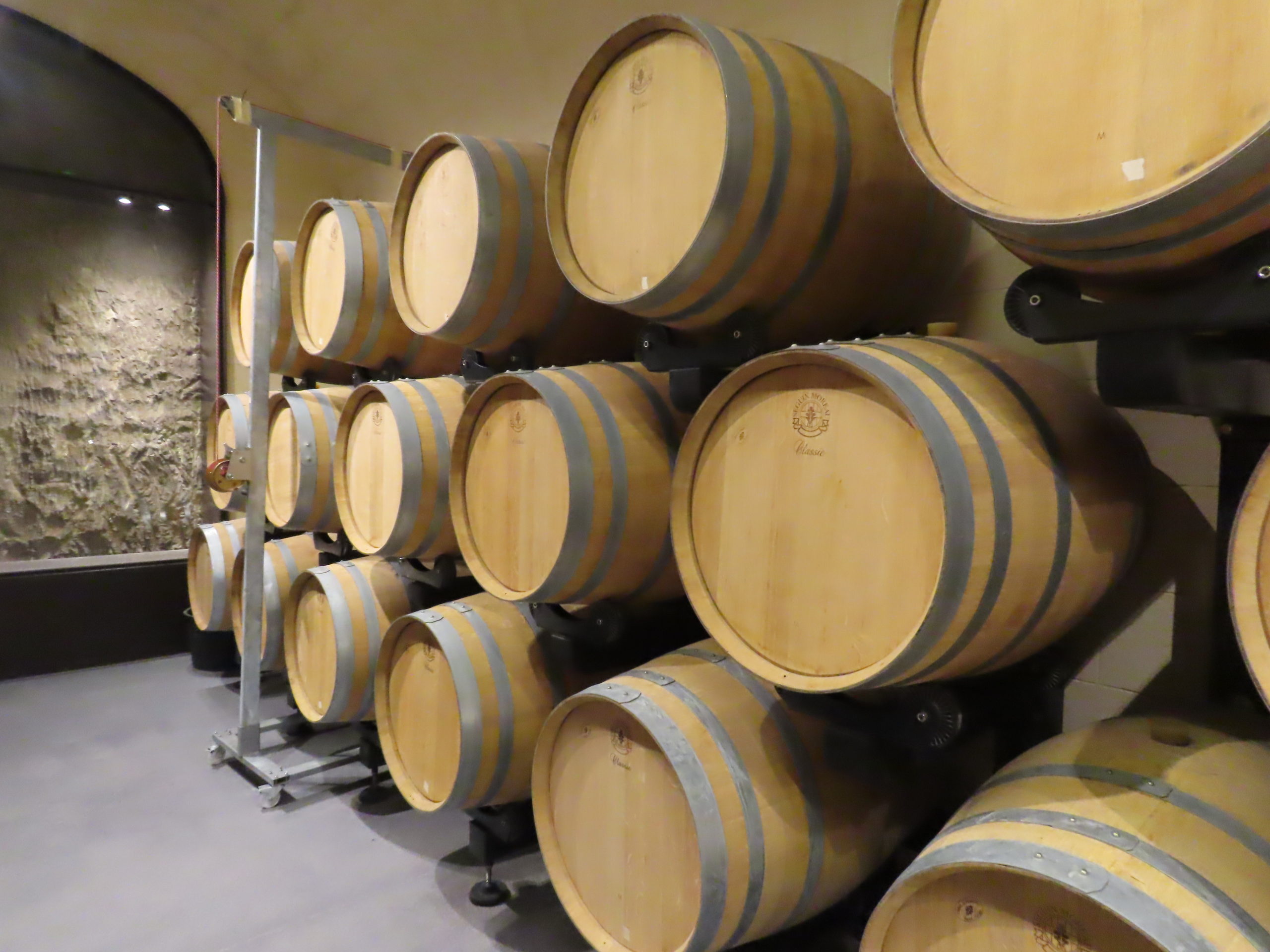
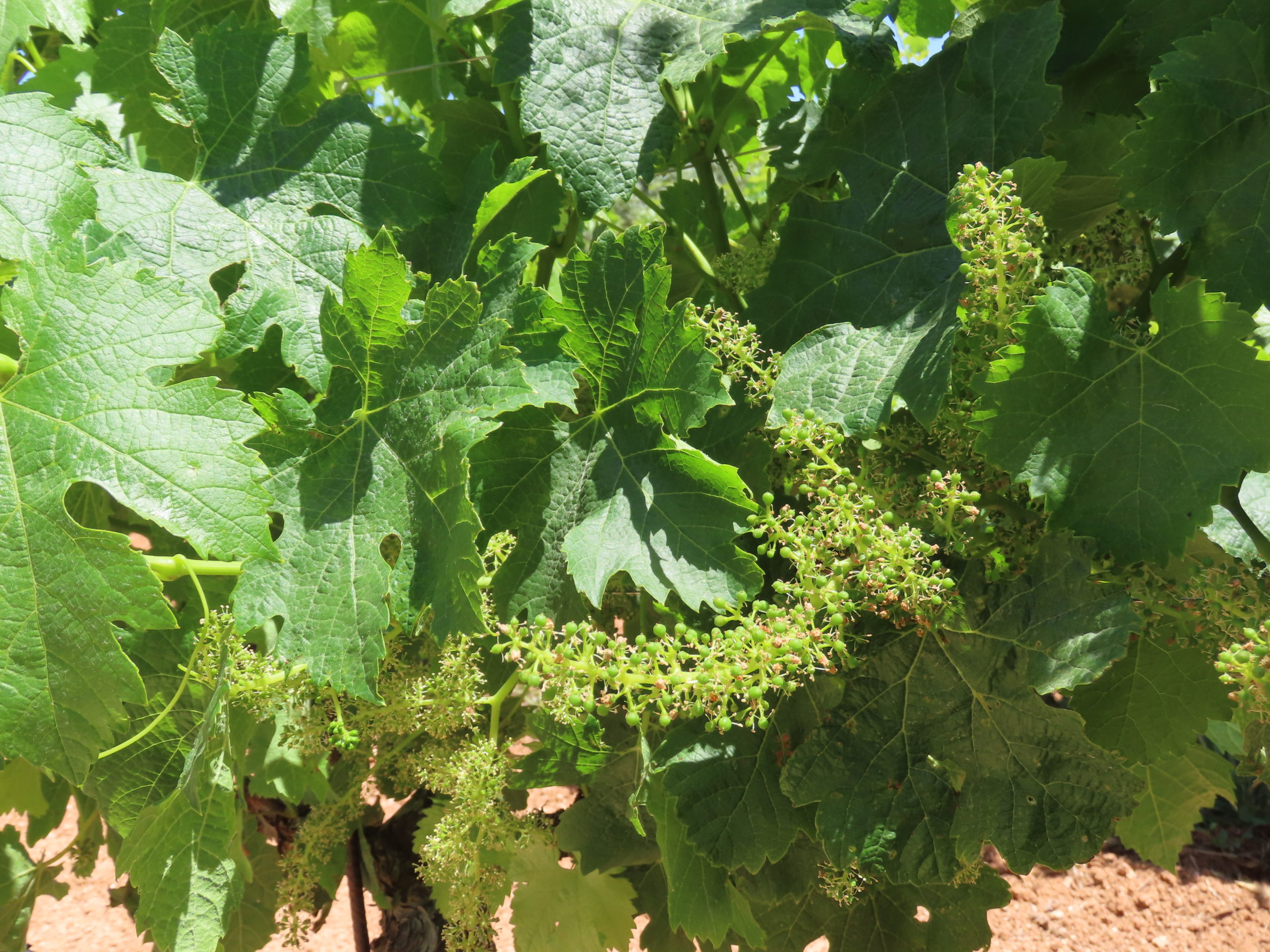
I am using the world’s friendliest online business engine…it’s free…forever!
Meridiana Wine Estate

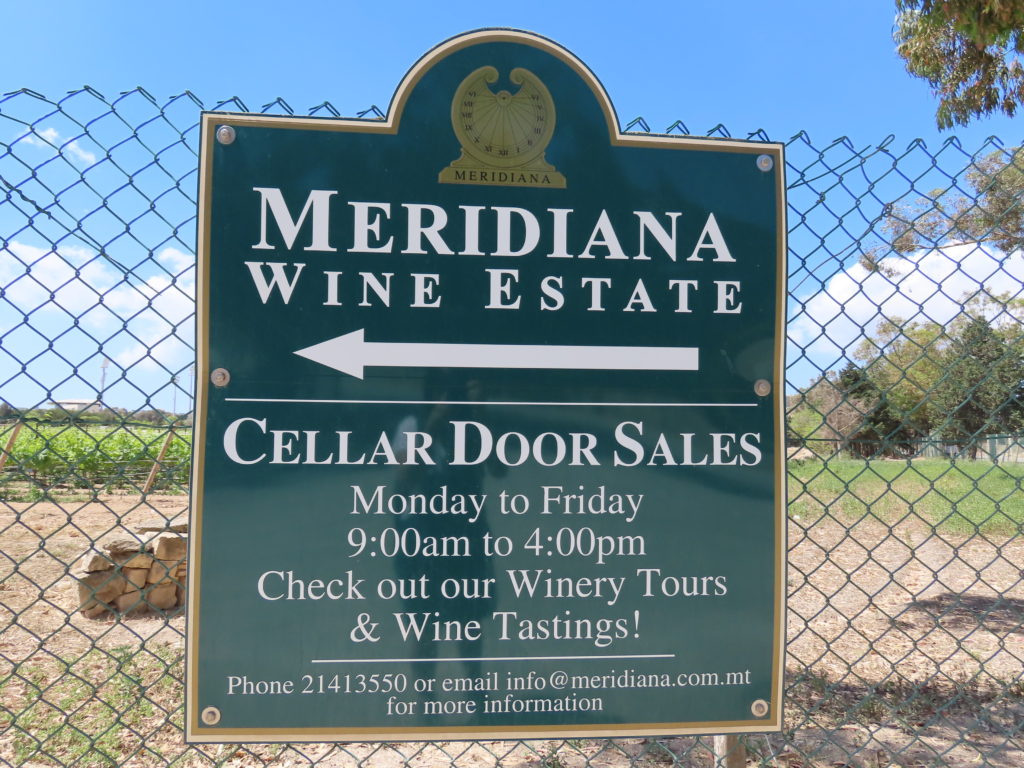
The Maltese islands enjoy a temperate Mediterranean climate. Meridiana Wine Estate is situated on a plain in the center of Malta within close proximity of the sea. The estate underlies a number of small hills, the most notable of which is the ancient, walled city of Mdina. The soil is calcareous with a relatively thick substrate of moisture-retentive, blue-clay subsoil. A 19-hectare (47-acre) site was acquired at Ta’ Qali, Malta’s agricultural heartland. Reclaimed from an airfield used during the Second World War, the Estate lies scenically below the ancient, walled city of Mdina.
The climatic, geographical, and soil conditions on the island provide ideal conditions for the production of wines that have brilliant colors, clean aromas, and lively acidity.
The estate consists of 19 hectares (47 acres) of land including the winery building, cellars, offices, and passageways. The total planted area is 17 ha and is cultivated with the following varieties: Chardonnay – 8 ha; Cabernet Sauvignon – 3.5 ha; Merlot – 3 ha; and Syrah 2.5 ha. All 91,000 vines on the estate are individually drip-irrigated. In 2013, 1,000 Moscato vines were planted.
The winery, inspired by Maltese farmhouse designs, has been constructed out of Malta’s characteristic limestone. The winery’s process hall is equipped with independently temperature-controlled stainless-steel tanks which are used for winemaking and storage. The underground cellars have a natural temperature of between 16-20°Celsius (61-68°Fahrenheit) and are furnished with top-quality French oak barriques used for the maturation of red wine. The central building also includes a bottling hall, tasting rooms, offices, and a cellar shop.
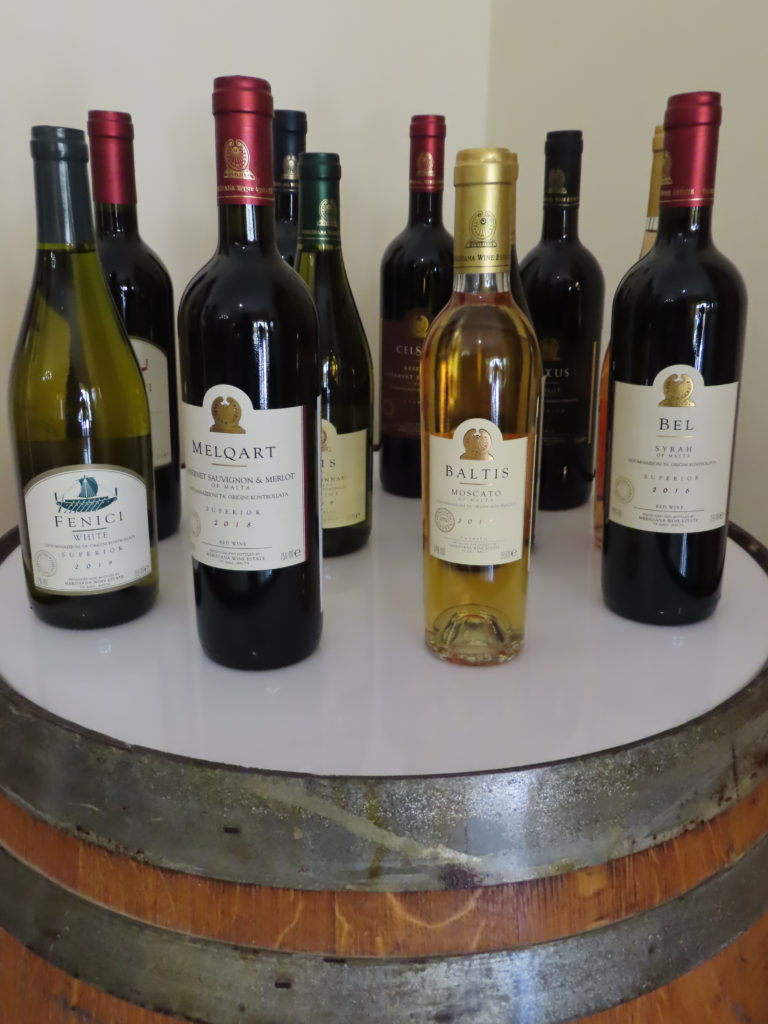
Meridiana Wines tasted
I visited the estate in May and was welcomed by the owners even though I had no appointment. These are the wines I have tasted:
Venici White
(Chardonnay, Vermentino and Viognier of Malta)
The name ‘Fenici’ pays tribute to the Phoenicians who, during the first millennium BC, spread winemaking culture throughout the Mediterranean and endowed European Malta with its distinctive Semitic language.
The Fenici line is a casual, easy-to-drink selection of white, rosé, and red wines vinified to yield surprisingly fresh and fruity personalities. Fenici wines derive from Meridiana’s estate and from closely supervised third-party properties situated in the vicinity.
TASTING NOTES
Fenici White has a vibrant, straw-yellow color; aromas of exotic fruits with floral notes; and a fresh, light, citrus flavor with lively acidity.
VINTAGE REPORT
The 2019 vintage was characterized by low temperatures during the budding period which slowed down the entire vegetative cycle. The abundant spring rains produced an excess of vegetation which resulted in a lower production, which was less than average when compared to previous years, but the grapes were of higher quality. The wines have fragrant olfactory notes and also optimal physiological maturity, characteristics that have given a nice balance to all the wines produced during this vintage.
Astarte
(Vermentino of Malta)
The name ‘Astarte’ recalls the Phoenician goddess of fertility worshipped in Malta during the Punic period.
The Astarte was first released in 2007
TASTING NOTES
Astarte has a vibrant, straw-yellow color with a pale green rim; intense aromas of tropical and citrus fruits with hints of flowers; and fresh citrus taste with a pleasantly acidic finish.
VINTAGE REPORT
The 2019 vintage was characterized by low temperatures during the budding period which slowed down the entire vegetative cycle. The abundant spring rains produced an excess of vegetation which resulted in a lower production, which was less than average when compared to previous years, but the grapes were of higher quality. The wines have fragrant olfactory notes and optimal physiological maturity, characteristics that have given a nice balance to all the wines produced during this vintage.
I am using the world’s friendliest online business engine…it’s free…forever!
